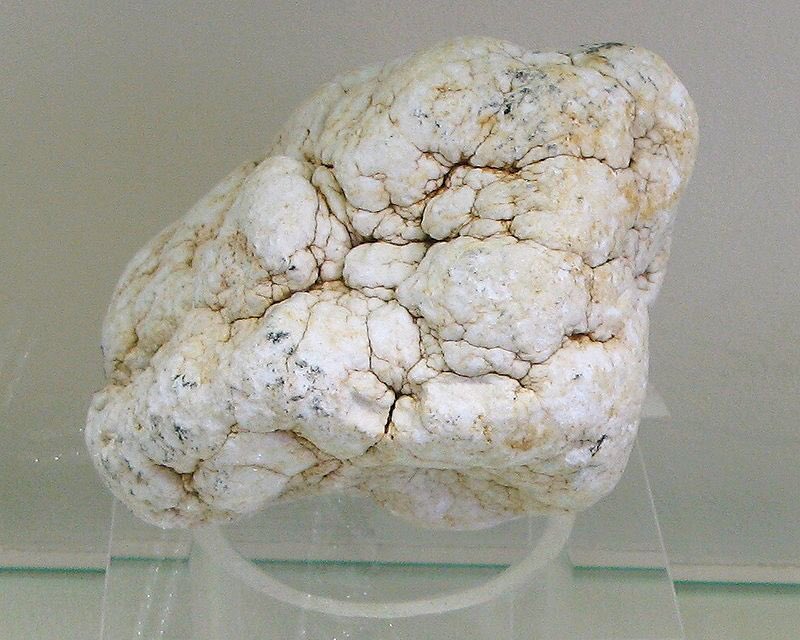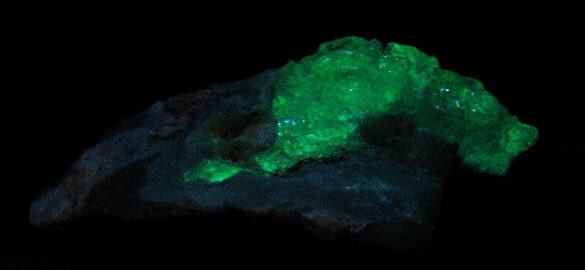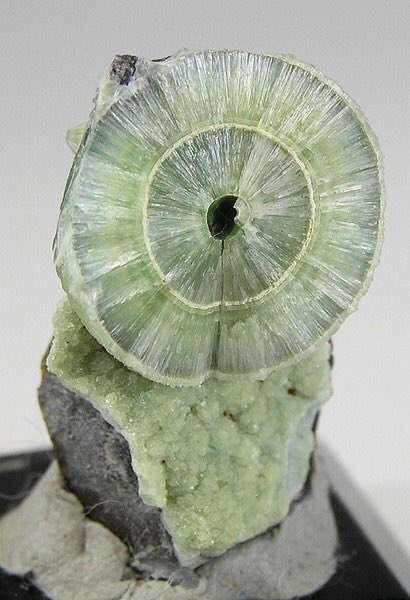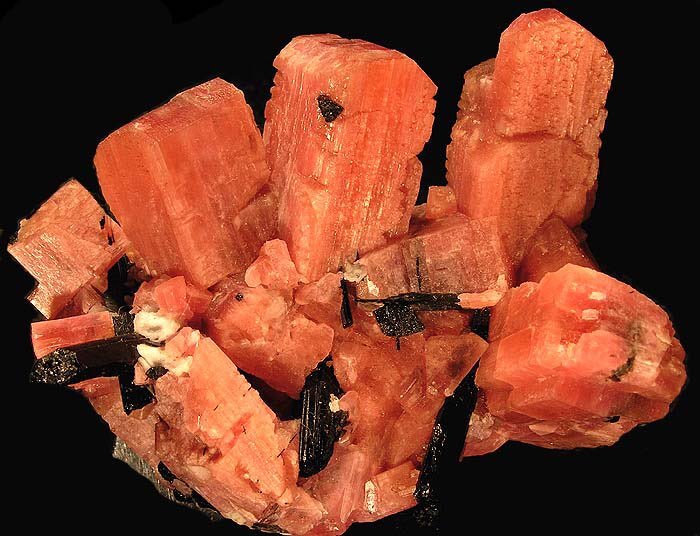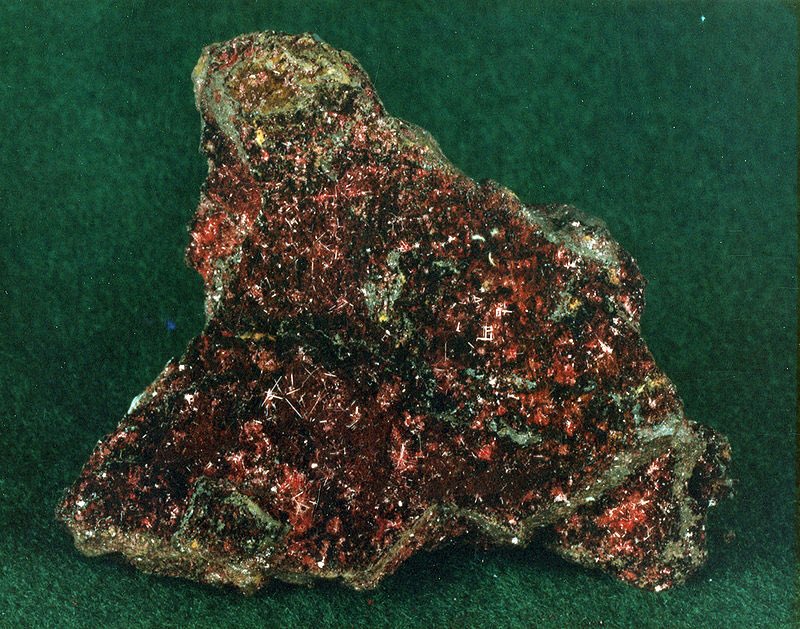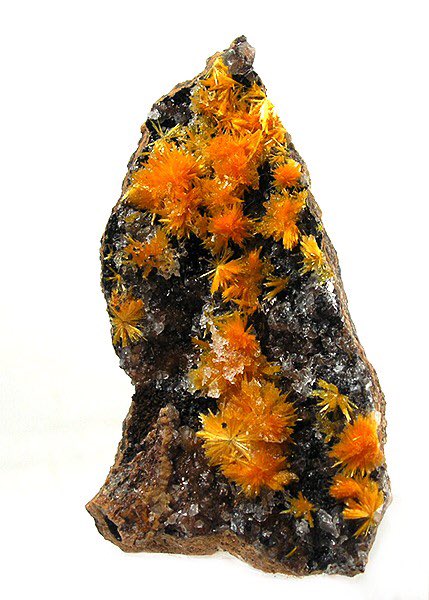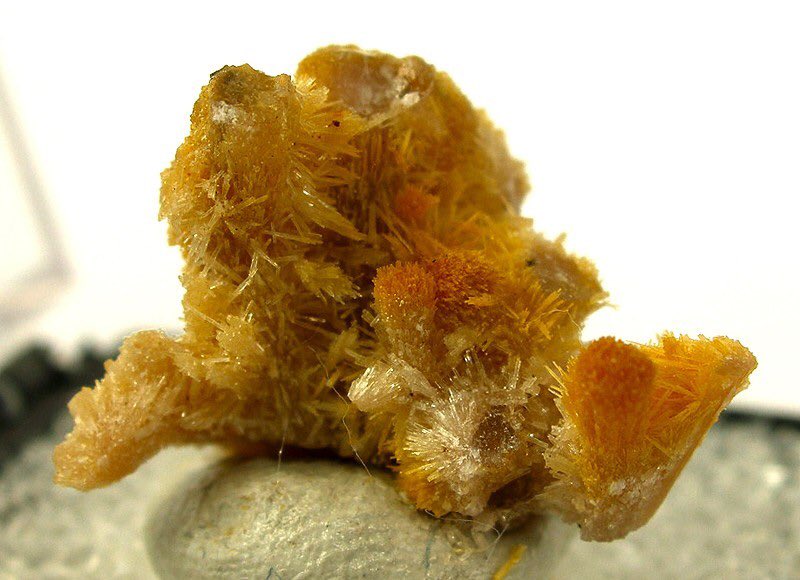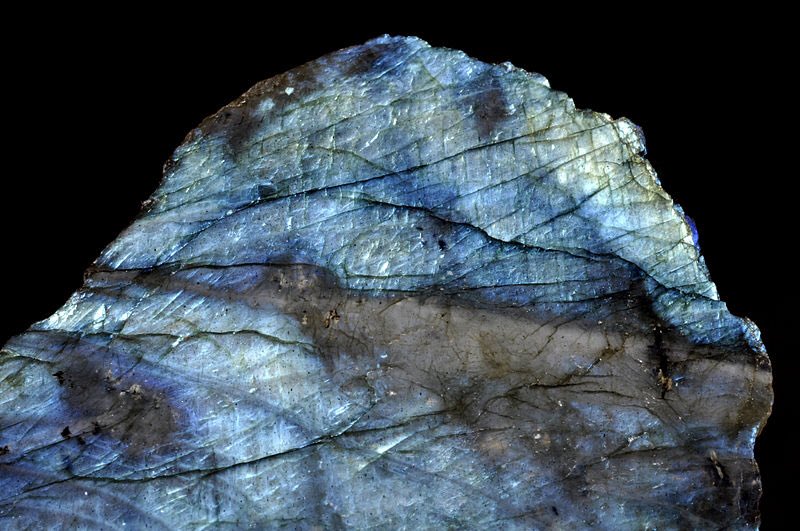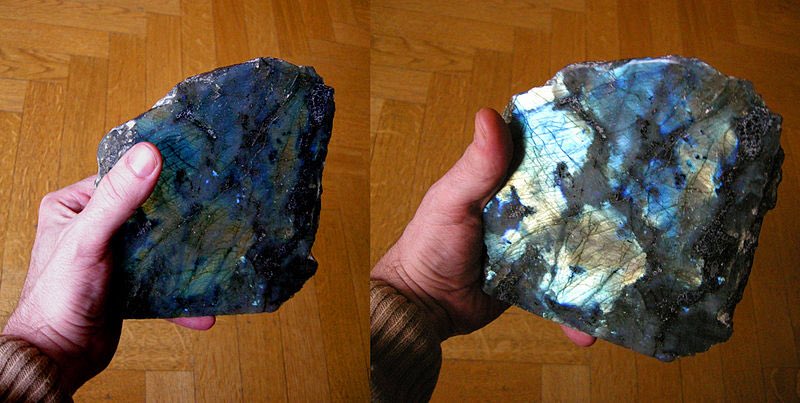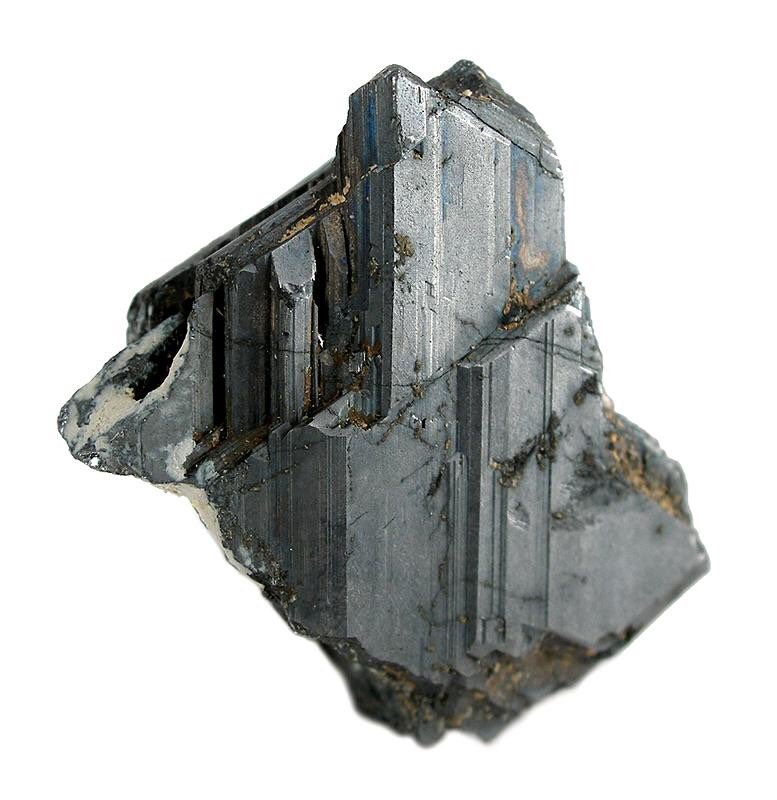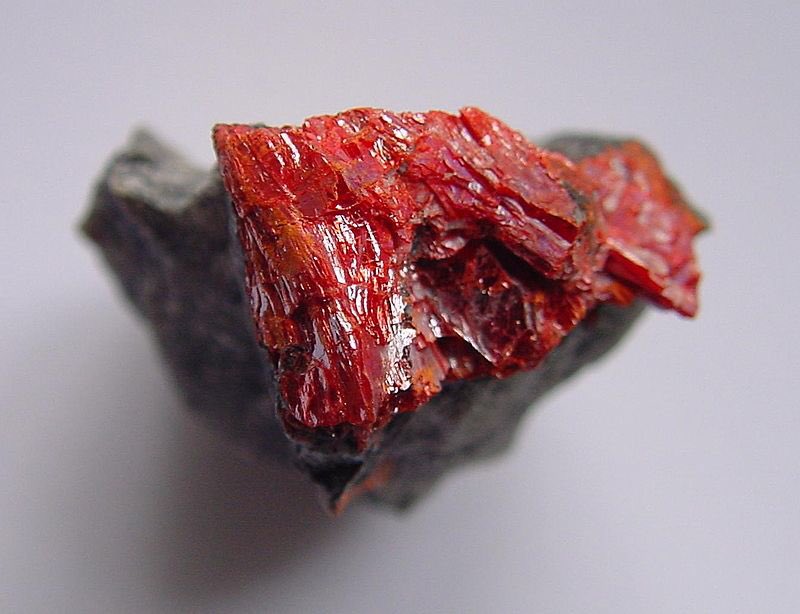Since the last one I did was so much fun, here’s another one : Like this tweet and I’ll give you a RANDOM mineral.
@minimijpg Hyalite(water opal), is a form of opal with a glassy and clear appearance which may exhibit an internal play of colors if natural inclusions are present. -picture of a sample and fluorescent hyalite which glows under UV light-
@Mute_Creed Wavellite, is a phosphate mineral. Distinct crystals are rare, and it normally occurs as translucent green radial or spherical clusters.
@sindibad187 Serandite, this mineral was discovered in Guinea in 1931. It’s generally red, brown, black or colorless.
@ssitheidiot Cuprite, is an oxide mineral and a minor ore of copper.
@Sckryle Afghanite, It forms blue to colorless, typically massive crystals in the trigonal crystal system. It fluoresces a bright orange.
@thetasneemfawzy Boltwoodite, a hydrated potassium uranyl silicate mineral. It is formed from the oxidation and alteration of primary uranium ores. It takes the form of a crust on some sandstones that bear uranium.
@OmaR7RauL Labradorite, is a feldspar mineral. It can display an iridescent optical effect (or schiller) known as labradorescence!
@_zeDuke Anglesite, a lead sulfate mineral. It occurs as an oxidation product of primary lead sulfide ore, galena. Anglesite& #39;s color is white or gray with pale yellow streaks. It may be dark gray if impure.
@Hssatata Geocronite, is a mineral, a mixed sulfosalt containing lead, antimony, and arsenic. It occurs as grey, black, to silvery white monoclinic crystals. It was first identified in 1839.
@aljawhara__at Getchellite is a rare sulfide of arsenic and antimony, that was discovered in 1963. Many metal sulfides are grey to black, but a few are brightly colored. This is one of them and it’s a bright orange red.

 Read on Twitter
Read on Twitter


